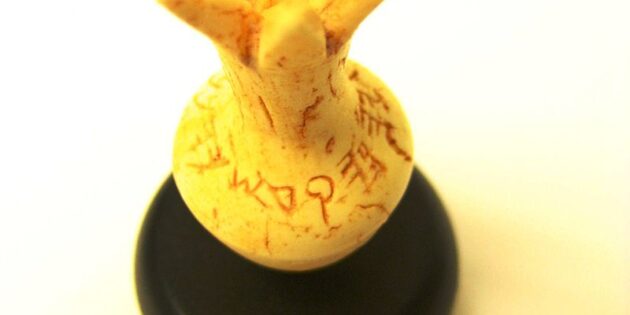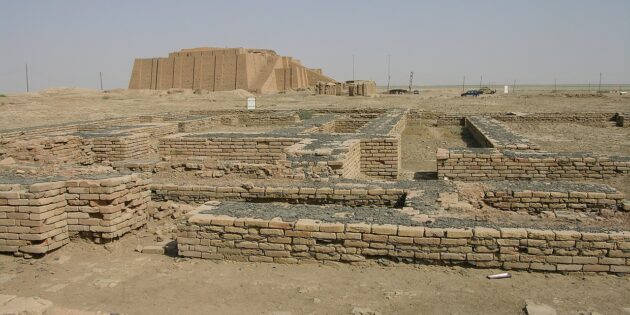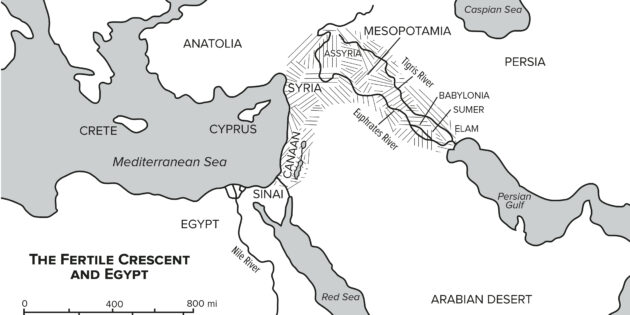Home » Archives for March 2016
Archive for March, 2016
A quiet, fertile valley folded into the Mediterranean hills, clear streams, tall poplars, ancient ruins more than 1,400 years old—a picture of pastoral quiet. Twenty-five years ago Kenan T. Erim, archaeologist and art historian at New York University, decided that the site of the ancient Roman city of Aphrodisias had more to offer than that. […]
Archaeologists have discovered a tomb they believe was the burial place of Ramesses II’s sons, in the Valley of the Kings, the necropolis at Karnak some 300 miles south of Cairo. The huge tomb complex, dubbed Tomb 5, is many times larger than any other tomb so far discovered and the only one known to […]
According to the Book of Exodus, after the miracle at the Red Sea—the Israelites have passed through dry-shod and the Egyptians have drowned—Moses and the Israelites sing a victory hymn (Exodus 15:1–19). Immediately following the Song of the Sea, as it is called, is the Song of Miriam: “Then Miriam the prophet, the sister of […]
BAR recently published a beautifully carved ivory pomegranate with an important inscription on it. As partially reconstructed, the engraved inscription around the neck of the pomegranate reads as follows: “Belonging to the House of Yahweh, Holy to the Priests.” Based on this reading, many scholars have concluded that the ivory pomegranate originally came from the Jerusalem Temple […]
Whatever doubts scholars may entertain about the historicity of the Exodus, memories of an Israelite sojourn in Egypt seem too sharply etched to dismiss out of hand. The Biblical account simply contains too many accurate details and bears too many correspondences with Egyptian records to ignore. And although in our current state of knowledge we […]
Rabbi Akiva met a tanna in Babylonia, Nehemiah of Bet Deli, who had been a student of Rabban Gamliel I in the Land of Israel. He was still able to transmit traditions from his teacher that were not known in the Land of Israel. Rabbi Akiva said, “When I went down to Nehardea (133) to […]
The story of Noah’s Ark may be the best known of all Biblical tales. The destruction of a sinful world by an angry God, the cleansing waters of the flood and the redemption of mankind through one righteous man continues to fascinate young and old alike. With the possible exception of the Titanic, Noah’s Ark […]
The ancient woodwork has perished, the metal has been stripped from the walls,” Sir Leonard Woolley wrote in 1936. “The ruins which excavation lays bare are but skeletons from which the skin and flesh have gone, and to re-create them in imagination we must use such evidence as the ruins may afford, eked out by […]
Pope John Paul II is planning a millennium pilgrimage in 2000 that will take him to Bethlehem, Jerusalem, Sinai—and Iraq! Why Iraq? Because that is where the patriarch Abraham was born—at Ur. But wait a minute. The Pope may be going to the wrong Ur. Perhaps he should be going to Turkey. More than 40 […]
This new volume appears at a time of explosive activity in the study of ancient Israelite history. Indeed, it is only the latest of at least a dozen histories of ancient Israel that have been published within the last six years. Some of them, like the third edition of John Bright’s A History of Israel […]










